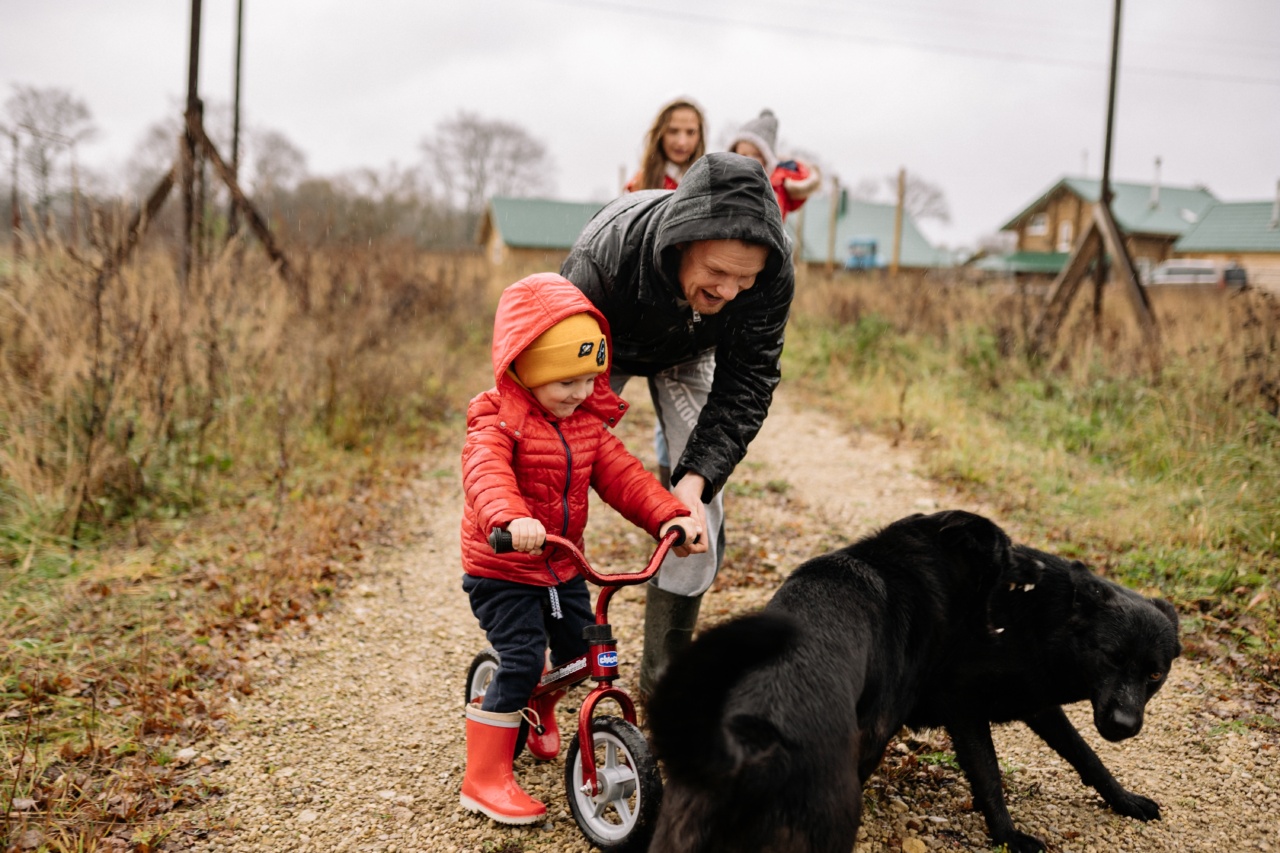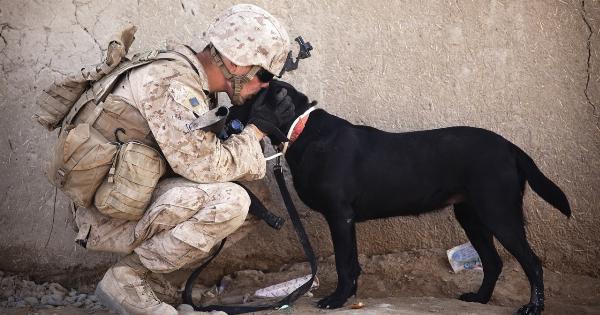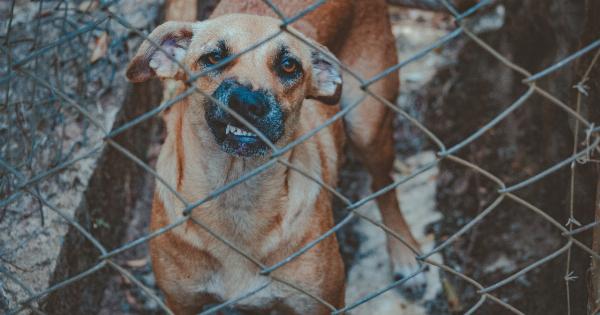Having a dog that feels comfortable and at ease in crowded environments is essential for your pet’s well-being and your peace of mind.
Whether it’s taking your dog to the park, visiting a bustling city, or attending social gatherings, teaching them how to navigate through crowded places calmly can make outings more enjoyable for both of you. In this article, we will explore effective strategies to help your dog feel at ease in crowded environments.
1. Socialize your dog from an early age
The key to helping your dog feel comfortable in crowded environments is socialization. Exposing your furry friend to various situations and people from a young age can significantly impact their confidence in crowded spaces.
Start by introducing your puppy to different environments, noises, and people gradually. Take them to parks, busy streets, or even pet-friendly events to help them become familiar with crowded places in a controlled manner.
2. Use positive reinforcement training
Positive reinforcement training is a powerful tool when it comes to shaping your dog’s behavior and building their confidence.
Reward your dog with treats, verbal praise, or their favorite toy when they exhibit calm behavior in crowded environments. This positive association will reinforce their confidence and make them more likely to remain composed in similar situations.
3. Gradually increase exposure to crowded environments
Just like humans, dogs can get overwhelmed if they are suddenly exposed to a busy and crowded place. Take small steps and gradually increase the level of exposure to crowded environments.
Begin with less crowded places and slowly progress to busier settings as your dog becomes more comfortable. This step-by-step approach will help prevent your dog from becoming anxious or fearful.
4. Practice obedience commands
Having good command over obedience cues can be extremely helpful in redirecting your dog’s attention and keeping them calm amidst a crowd.
Practice basic commands such as “sit,” “stay,” or “leave it” in different environments, including crowded places. When your dog follows these commands successfully, reward them to reinforce positive behavior. This will also provide them with a sense of structure and control, which can help alleviate anxiety.
5. Use desensitization techniques
Desensitization involves gradually exposing your dog to stimuli that may trigger anxiety or fear, such as crowds or loud noises. Start by introducing your dog to these stimuli at a distance and reward them for remaining calm.
Slowly decrease the distance between your dog and the stimuli over time, always rewarding them for their relaxed behavior. This technique helps your dog build tolerance and confidence in crowded environments.
6. Provide a safe space for your dog
Having a designated safe space where your dog can retreat to when overwhelmed can make a big difference. Create a cozy corner or a crate with their favorite toys, bedding, and familiar scents.
Encourage your dog to use this space when they feel anxious or need a break from crowded environments. This will give them a sense of security and serve as a refuge when they are feeling overwhelmed.
7. Lead by example
Dogs are observant creatures and often take cues from their owners. If you remain calm and relaxed in crowded environments, your dog is more likely to mirror that behavior. Avoid displaying signs of stress or anxiety, as it can make your dog feel uneasy.
Maintain a positive and composed demeanor, and your dog will pick up on your signals and follow suit.
8. Consider professional training or therapy
If your dog continues to struggle with feeling at ease in crowded environments despite your best efforts, seeking professional training or therapy can be beneficial.
Trained professionals can assess your dog’s behavior and provide specialized techniques to address their specific needs. They can also help identify any underlying factors contributing to their discomfort and tailor a training plan accordingly.
9. Ensure physical and mental exercise
Physical and mental exercise are essential for a well-balanced and confident dog. Regular exercise helps release pent-up energy and keeps your dog physically fit.
Mental stimulation, such as puzzle toys or obedience training, can tire their minds and promote overall calmness. A tired dog is less likely to be anxious or reactive in crowded environments.
10. Stay patient and consistent
Teaching your dog to feel at ease in crowded environments is a process that requires patience and consistency. Every dog is unique, and some may require more time and effort to become comfortable in such settings.
Keep practicing the strategies mentioned above and celebrate even small accomplishments along the way. With time, your dog will become more confident and relaxed, making outings in crowded environments a stress-free experience.


























